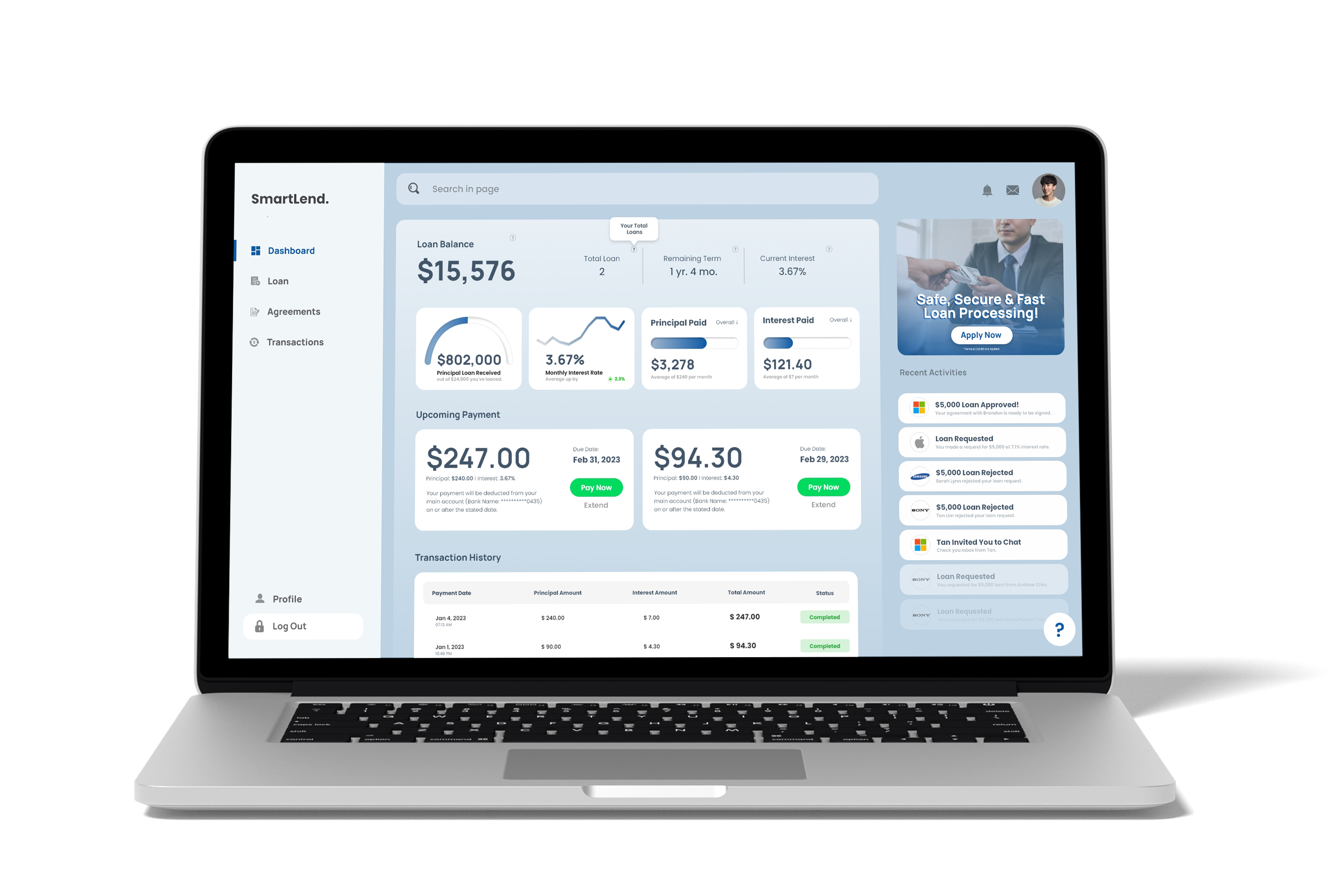In today's fast-paced business landscape, securing funding is a critical challenge for small and medium-sized enterprises (SMEs). Traditional lending avenues often come with cumbersome processes, stringent eligibility criteria, and lengthy approval times, leaving many entrepreneurs in a bind. However, with the advent of alternative lending solutions, SMEs now have access to a more efficient and flexible means of financing their ventures.

The Emergence of Alternative Lending
Alternative lending has emerged as a game-changer for SMEs, offering a range of benefits that traditional banks may not provide. Unlike conventional lending institutions, alternative lenders leverage technology and innovative financial models to streamline the borrowing process. This approach enables them to cater to the diverse needs of small businesses, including start ups and those with less-than-perfect credit histories.
Flexibility and Speed
One of the key advantages of alternative lending for small business is the flexibility it offers. Unlike traditional banks, which often have rigid lending criteria, alternative lenders take a more holistic approach to evaluating borrowers. This means that SMEs with unconventional business models or limited collateral may still qualify for funding. Moreover, alternative lending platforms typically boast faster approval times, allowing businesses to access the capital they need without delay.
Accessibility to Digital Financing Platforms
The proliferation of digital financing platforms has further democratized access to capital for small businesses. These platforms leverage technology to connect borrowers with a diverse network of lenders, offering a wide range of financing options tailored to the specific needs of SMEs. By harnessing the power of data analytics and machine learning algorithms, SME Digital Financing Platform can provide personalized loan recommendations and expedite the application process.
Mitigating Risk Through Diversification
For SMEs, managing risk is paramount, particularly when it comes to securing financing. Alternative lending platforms offer a degree of risk mitigation through diversification. By connecting borrowers with multiple lenders, these platforms spread the risk across a broader pool of investors, reducing the exposure for individual lenders and borrowers alike. This approach helps to safeguard against unforeseen events and economic downturns, providing SMEs with greater financial stability.
Supporting Growth and Innovation
Access to timely and flexible financing is crucial for driving growth and innovation in the SME sector. Alternative lending solutions empower entrepreneurs to seize opportunities, invest in expansion initiatives, and fuel their creative endeavors. Whether it's launching a new product line, expanding into new markets, or upgrading technology infrastructure, SMEs can leverage alternative lending to realize their growth ambitions.
Conclusion
The rise of alternative lending is transforming the small business financing landscape, providing SMEs with unprecedented access to capital and resources. Digital financing platforms, such as smart-lend.com, are at the forefront of this revolution, offering a seamless and efficient borrowing experience for entrepreneurs. By embracing alternative lending solutions, SMEs can navigate the challenges of funding with confidence and embark on a path of sustainable growth and success.





Comments